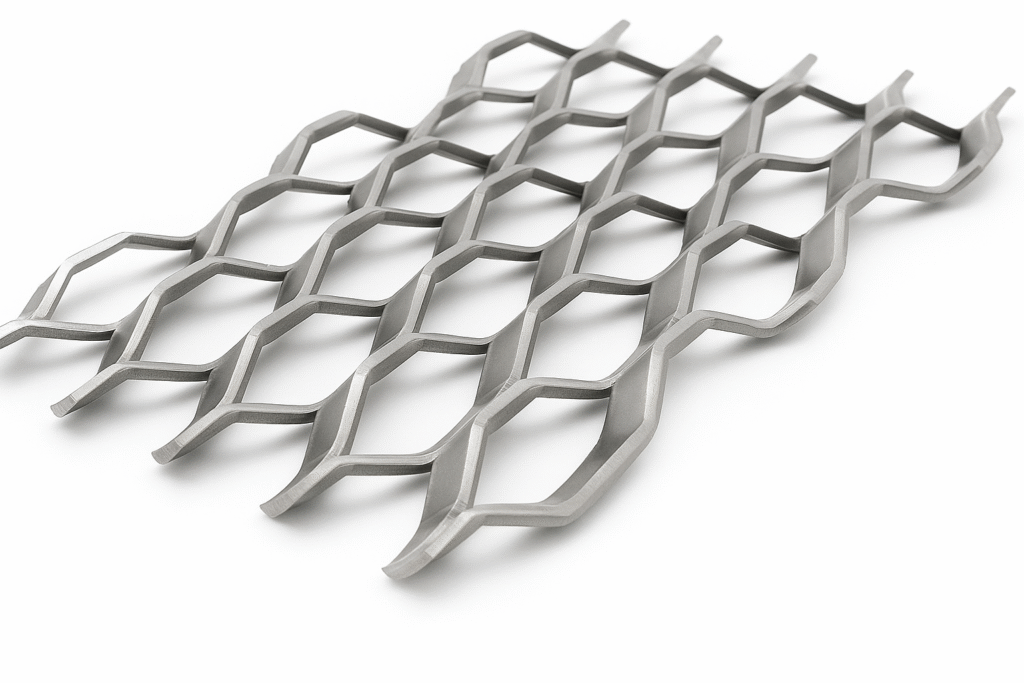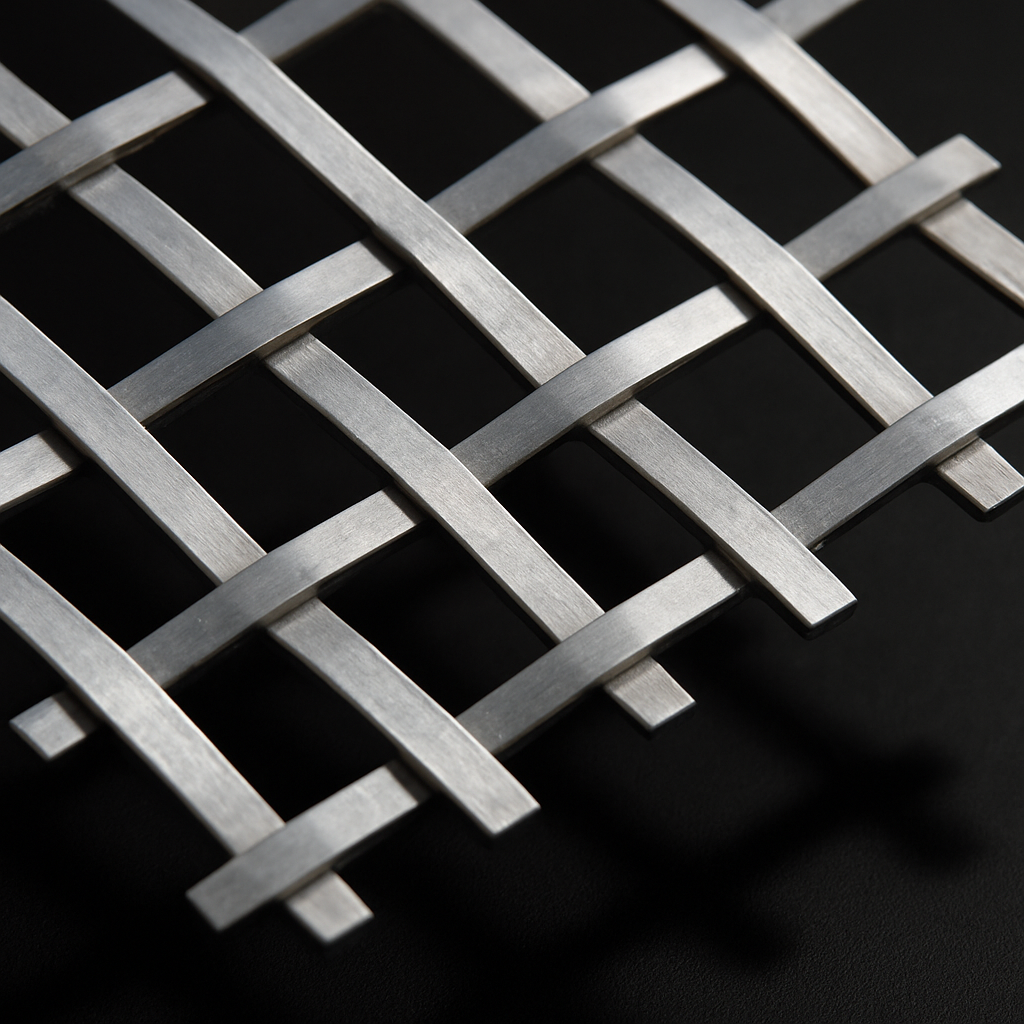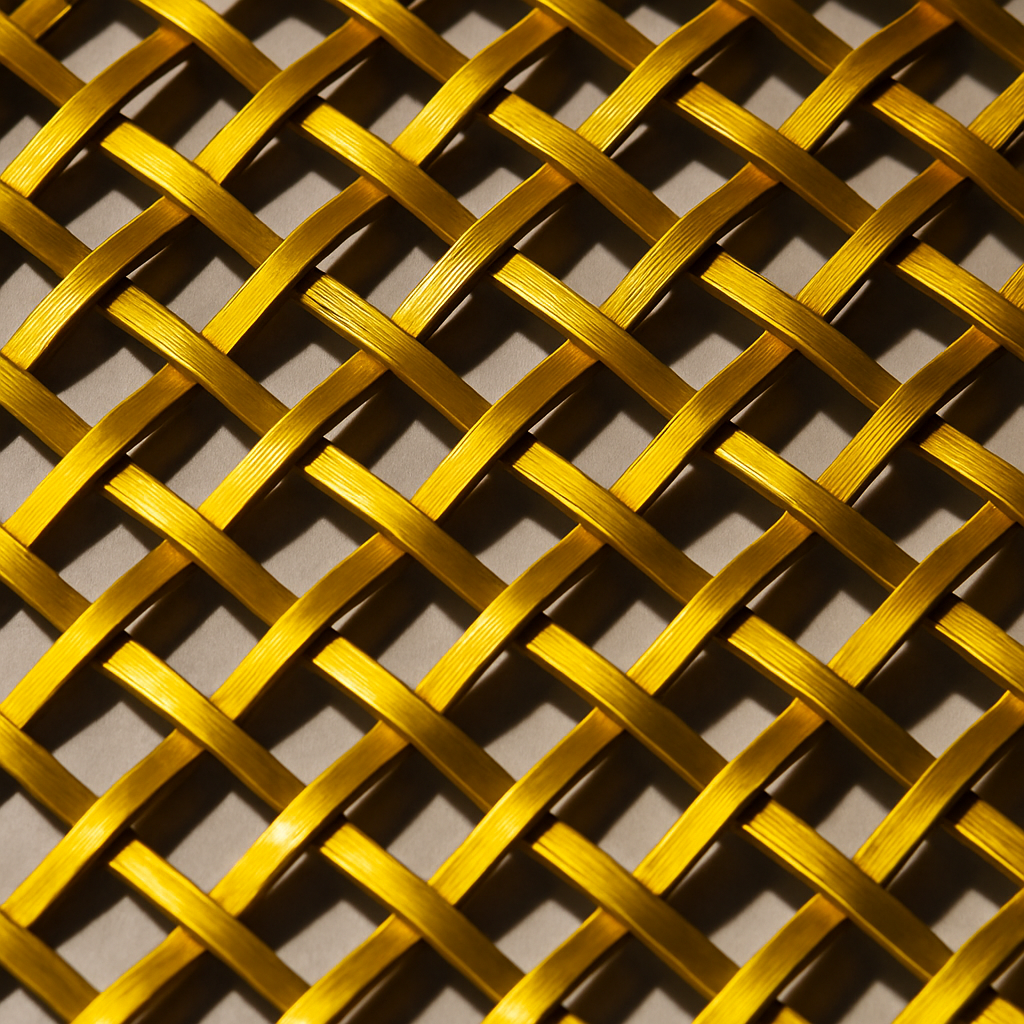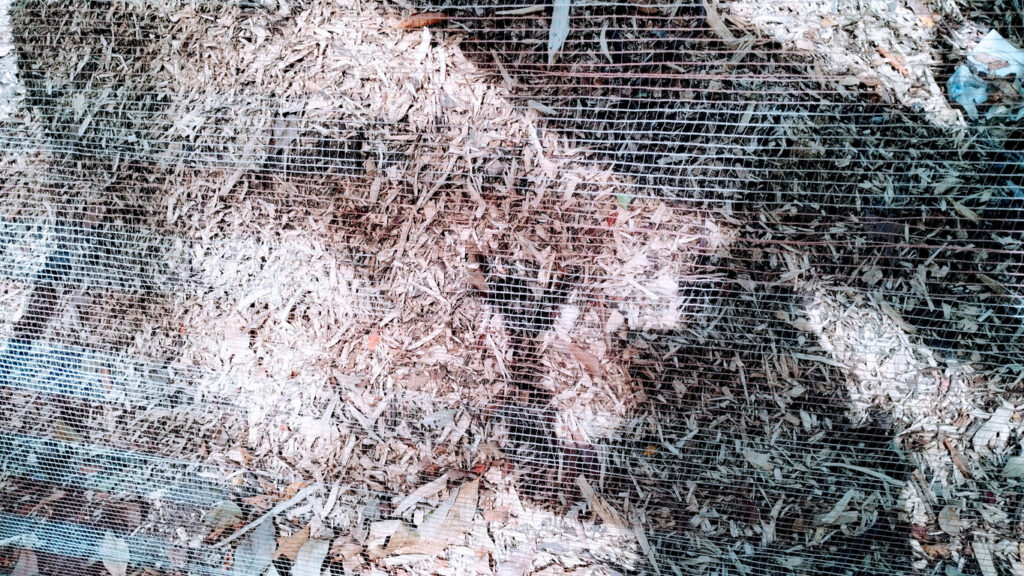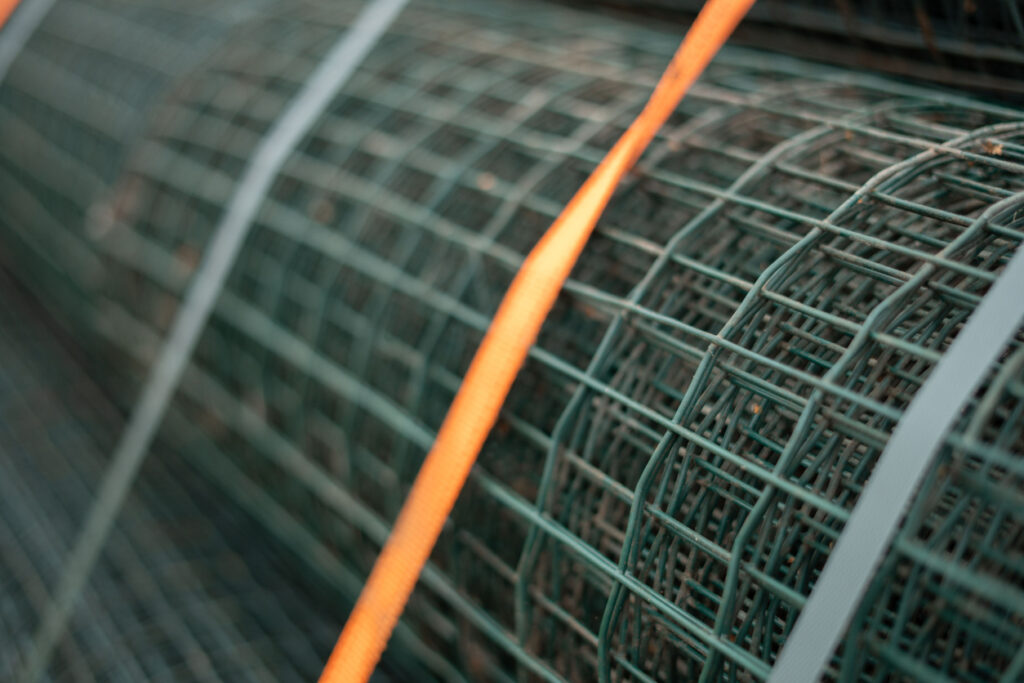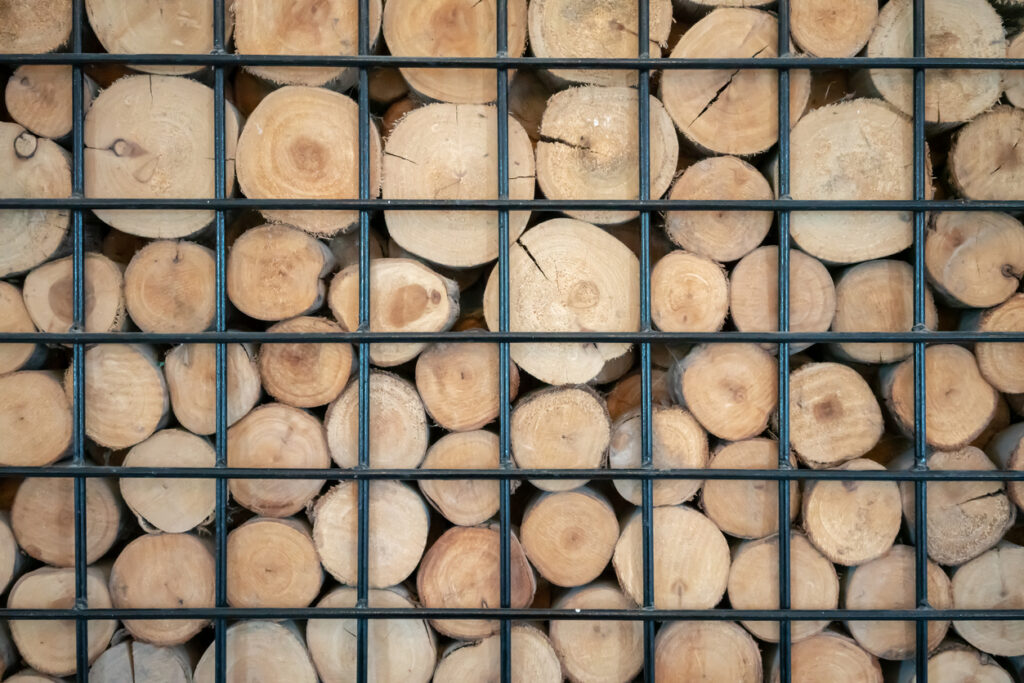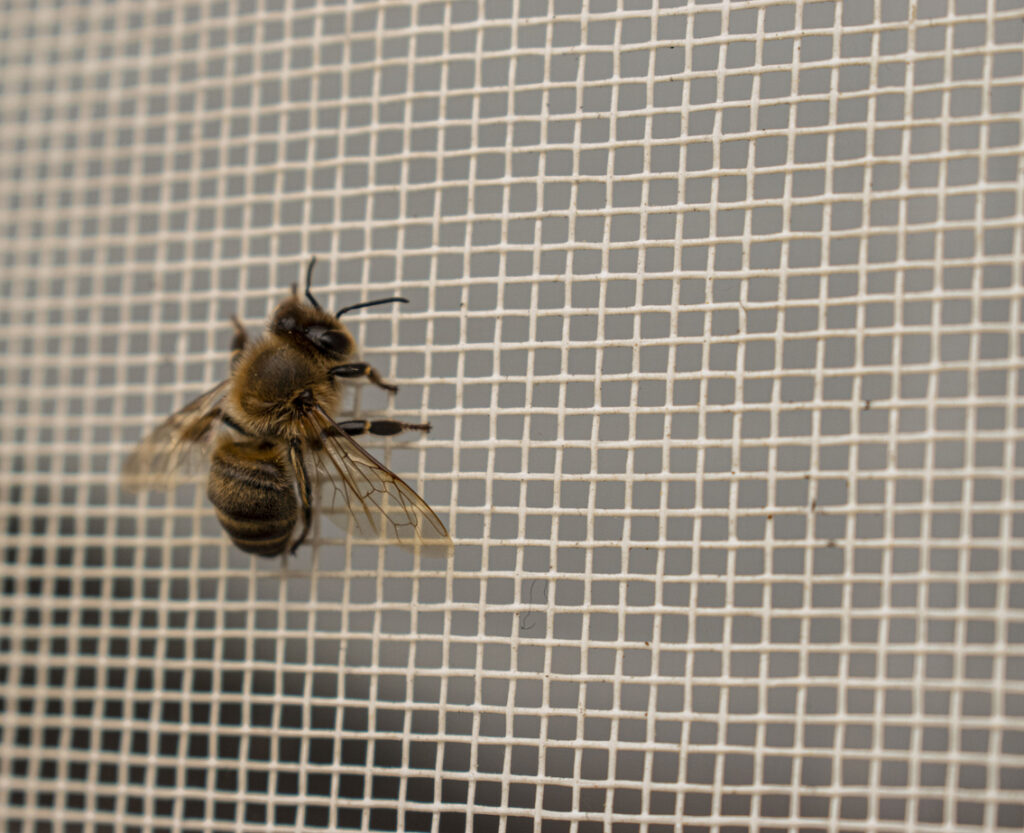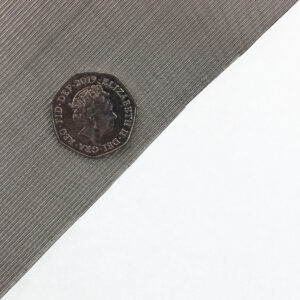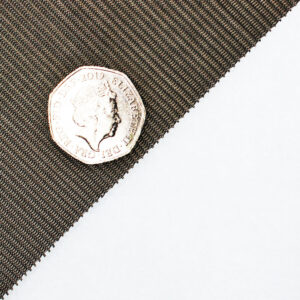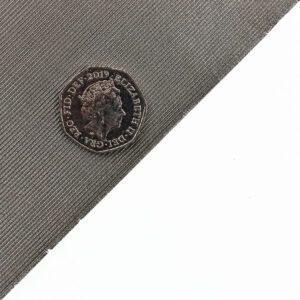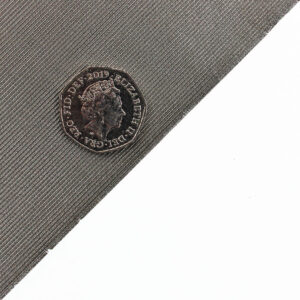








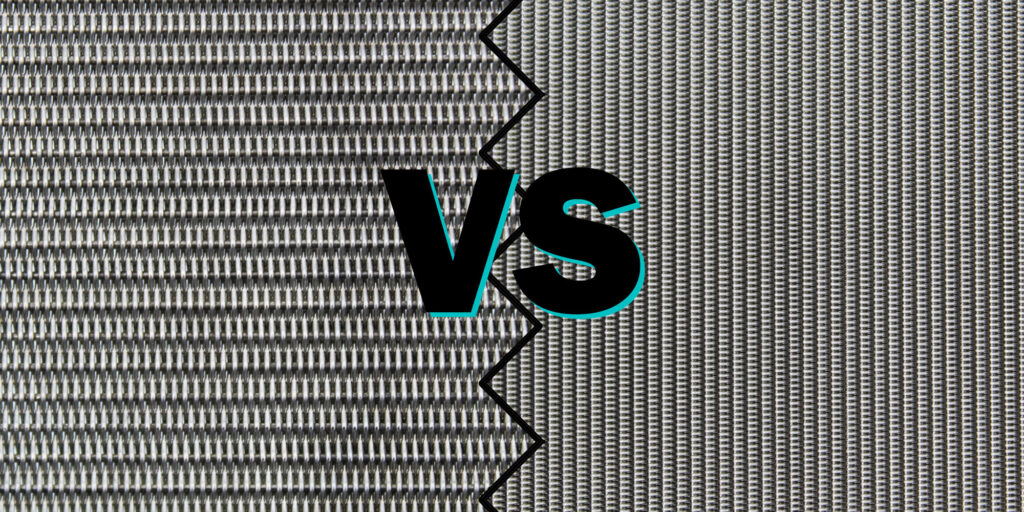
When embarking on a project that involves filtration, separation, or protection, selecting the right type of wire mesh is crucial. Among the various weaving styles available, twill and reverse twill wire mesh are prominent choices due to their unique properties and functionalities.
This blog will delve into the distinctions between twill vs reverse twill wire mesh, helping you decide which mesh is best suited for your specific needs.
Firstly, let us define what the terms “twill” and “reverse twill” are before we go into the differences and applications of both of these terms.
The term wire mesh refers to a fabric made from interwoven wires that can be used in a multitude of industrial, commercial, and residential applications, due to its versatility and versatility. As a result of how these wires are interwoven, there is an impact on the strength, flexibility, and suitability of the mesh for a variety of different applications.
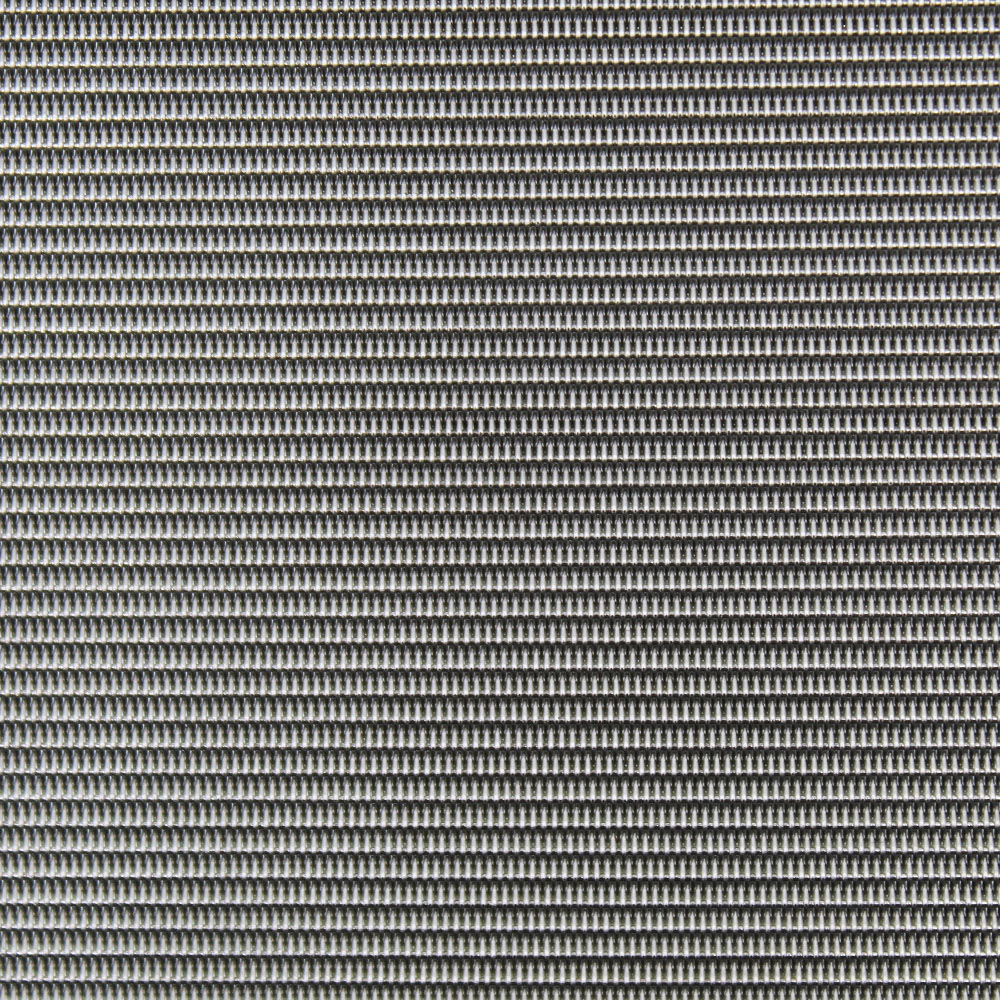
Twill woven wire mesh is distinguished by its unique weaving pattern, where each wire in both the weft (horizontal) and warp (vertical) directions alternates by passing over two and then under two successive wires. This creates a distinctive diagonal pattern, giving the mesh its characteristic look and enhanced mechanical properties.
The twill weave pattern results in a mesh that is denser and more robust compared to the plain weave. This increased density provides higher strength and durability, allowing the mesh to handle heavier loads and withstand more rigorous conditions without losing its structural integrity.
Additionally, the diagonal lines formed by the twill weave contribute to the mesh’s flexibility, enabling it to adapt to various shapes and forms.
In contrast to the standard twill mesh, where the wire goes over two and then under two wires consistently, reverse twill mesh inverts this pattern. Each wire alternates by passing under two wires and then over two wires, with the direction of this pattern reversing periodically. This reversal creates a criss-cross effect, contributing to the mesh’s enhanced stability and robustness.
Reverse twill wire mesh is particularly useful in applications where higher loads and finer filtration are required. Its enhanced stability and robustness make it ideal for situations demanding superior strength and durability. Common applications include:
The choice between twill and reverse twill often boils down to the specific requirements of strength and flexibility in a project.
In terms of strength, reverse twill wire mesh typically offers superior durability and load-bearing capability. Due to the reversed pattern, stress is distributed more evenly across the mesh, which makes it less likely to tear and break. As a result, reverse twill is ideal for heavy-duty applications, such as aerospace, mining, and automotive.
The flexibility of twill wire mesh, on the other hand, is greater. In applications such as pharmaceutical and food filters and sieves, its weaving style allows for more movement within the wires, which is beneficial for bending and shaping the mesh.
Each type of wire mesh excels in different applications based on their structural properties:
Choosing between twill and reverse twill wire mesh involves considering several factors:
Here’s a table outlining the pros and cons of Twill vs Reverse Twill Wire Mesh:
| Feature | Twill Wire Mesh | Reverse Twill Wire Mesh |
|---|---|---|
| Pros | – Increased flexibility | – Enhanced strength and durability |
| – Easier to shape and mold | – Better load distribution | |
| – Suitable for aesthetic applications | – Superior for fine filtration | |
| – Effective for moderate stress conditions | – Ideal for heavy-duty and abrasive materials | |
| Cons | – Less durable under high stress | – Less flexible, harder to shape |
| – Not ideal for very fine or abrasive materials | – Can be more expensive due to manufacturing | |
| – May wear quicker in harsh conditions | – Limited use in aesthetic applications |
Understanding the key differences between twill and reverse twill is crucial when choosing the right wire mesh for your project. Each offers unique strengths and flexibility, making it suitable for specific applications. This guide will help you make an informed decision that ensures the success of your project, maximising both performance and cost-efficiency.
The right type of wire mesh can make a big difference in your final product’s functionality and durability, whether you choose reverse twill or twill.
As always, thank you for checking out our blog. We hope that this helps you with your project. We try to launch a couple of new guides every week. Eventually we will have covered everything there is to cover about mesh.
You may be interested in our blog that explores metal mesh vs plastic mesh.
Our goal for our blogs and help guides is to answer as many questions as possible to help to explain the possibilities of mesh to our customers.

